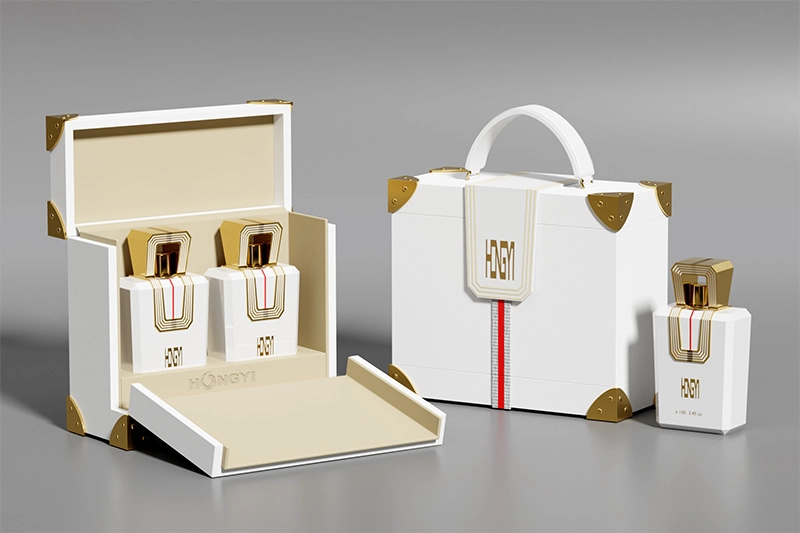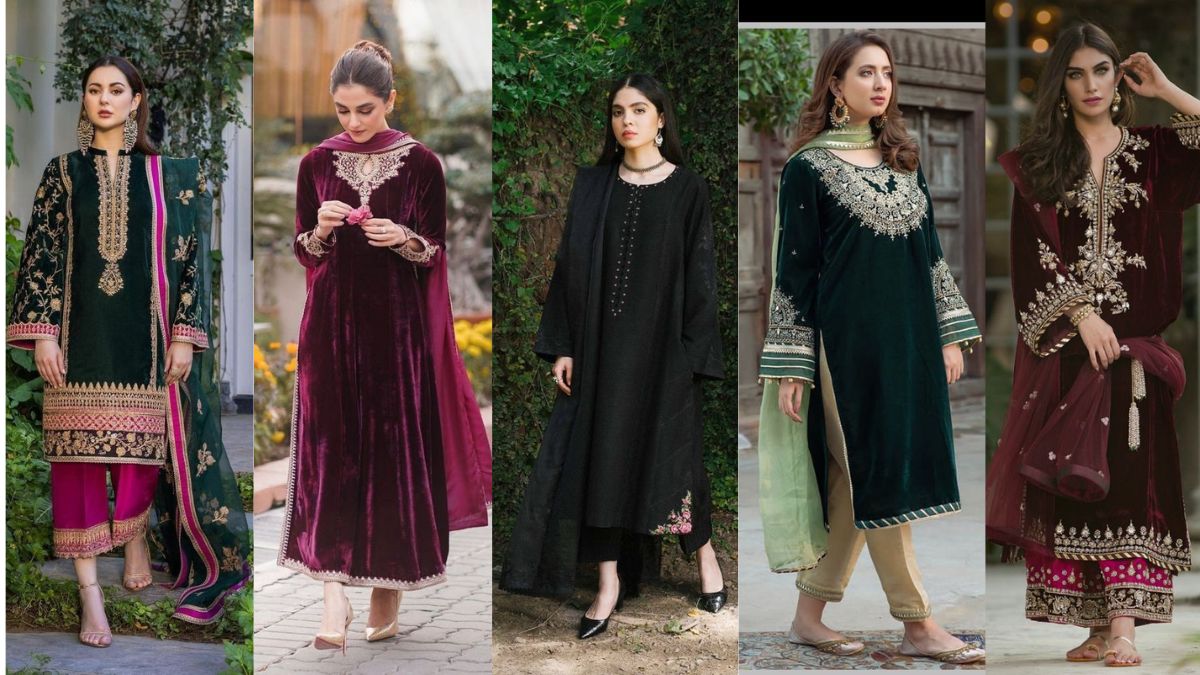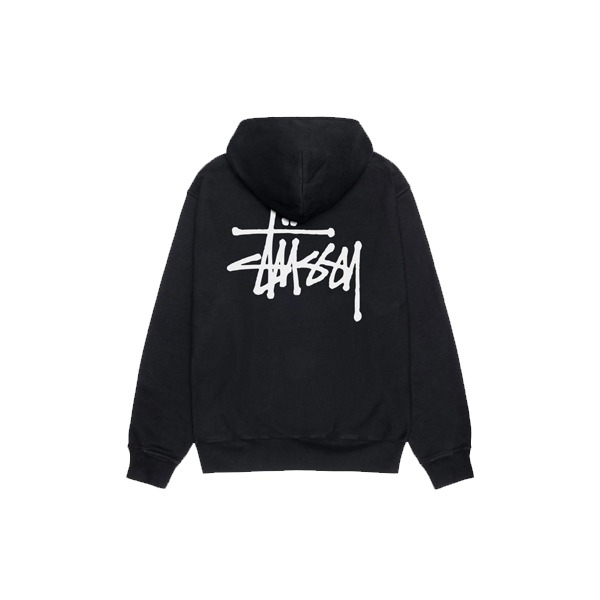In today’s competitive marketplace, product quality alone is no longer enough to make a brand stand out. Shoppers are drawn to experiences as much as they are to the products themselves. The way a product is presented can influence how customers perceive its value, exclusivity, and desirability. This is why brands across industries invest in packaging as a strategic marketing tool. Luxury product packaging design goes far beyond protecting an item; it communicates a sense of prestige, tells a story, and creates an emotional connection. Whether it’s a designer fragrance, a premium watch, or artisanal chocolates, luxury packaging can transform a simple purchase into a memorable indulgence.
Understanding Luxury Product Packaging Design
Luxury product packaging design is the process of creating premium packaging that reflects the exceptional quality of the product inside. It’s an art form that merges aesthetics, functionality, and brand identity into a single, powerful experience. This type of packaging is meticulously crafted, with careful attention given to every detail, from the choice of materials to the finish on the logo. Unlike standard packaging, which focuses primarily on cost and practicality, luxury packaging aims to enhance the brand’s image and deliver an unforgettable first impression. It is often the first physical interaction a customer has with a brand, and that moment can set the tone for their entire relationship with the product.
The Role of Materials in Luxury Packaging
The foundation of high-end packaging lies in the materials used. Rigid boxes made of thick, durable paperboard, handcrafted wooden cases, glass containers, or textured cardstock are common choices for luxury brands. The feel of the packaging in the hands of a consumer can significantly influence perceived value, weight, texture, and sturdiness signal quality and care. Metallic foils, silk linings, and satin ribbons add to the sense of opulence. In recent years, many brands have also turned to sustainable luxury materials, such as recycled paper with premium finishes, biodegradable plastics, and eco-friendly inks, allowing them to maintain elegance while showing environmental responsibility.
Design Elements That Define Luxury
Luxury packaging is defined by a visual language that communicates sophistication. Minimalistic layouts paired with refined typography often convey elegance, while signature brand colours help reinforce recognition. Embossing and debossing create a tactile dimension, while gold, silver, or rose gold foil stamping adds a shimmering premium feel. Some brands integrate intricate patterns or artistic illustrations that reflect their heritage. A matte finish can give a modern, understated look, whereas a high-gloss finish conveys sleekness and glamour. In luxury design, balance is key; too much detail can overwhelm, but the right combination can make packaging unforgettable.
Functionality Meets Elegance
Luxury packaging must be more than just attractive; it needs to be functional. The product must be well-protected during shipping, storage, and handling. Practical features like magnetic closures, drawer-style boxes, or hidden compartments add convenience without compromising elegance. Packaging that’s easy to open yet feels secure makes the unboxing process smoother and more enjoyable. For delicate or high-value items, custom inserts such as foam cutouts or velvet holders ensure safety and maintain presentation quality over time. Functionality also extends to reusability; many luxury packages are designed to be kept and repurposed, increasing their value to the customer.
The Power of Storytelling Through Packaging
Luxury product packaging is not just about looks; it’s about telling a story. Through colour choices, typography, textures, and imagery, a brand can convey its heritage, craftsmanship, or values. A luxury watch box might feature an engraved emblem that reflects decades of tradition. A high-end skincare product could use nature-inspired colours and materials to emphasise purity and rare ingredients. This storytelling adds depth to the buying experience, allowing customers to feel they are purchasing more than a product; they’re buying into a brand’s identity and vision.
Customisation for a Unique Brand Identity
Personalisation plays a major role in making luxury packaging stand out. Some brands offer monogramming, engraving, or special edition designs for holidays and events. Limited-edition packaging can create urgency and exclusivity, encouraging customers to purchase before the product sells out. Collaborations with artists or designers often result in unique, collector-worthy packaging. Even small custom touches, like handwritten notes or personalised labels, can make customers feel valued and strengthen their emotional connection to the brand.
Sustainability in Luxury Packaging
Sustainability is no longer just a trend; it’s a necessity. Forward-thinking brands are merging eco-conscious values with luxury aesthetics, proving that premium packaging can be both sustainable and elegant. This includes using recycled materials, biodegradable plastics, soy-based inks, and water-based coatings. Some brands design packaging that customers can reuse, such as decorative storage boxes or glass jars. Communicating these efforts on the packaging itself can further enhance the brand’s reputation and appeal to environmentally conscious consumers without compromising on luxury appeal.
Conclusion
Luxury product packaging design is much more than a protective shell; it’s an extension of the brand’s identity and a powerful marketing tool. Every element, from material choice to storytelling details, works together to communicate exclusivity, craftsmanship, and value. By combining high-quality materials, refined design, functionality, and personalisation, brands can create packaging that enhances the overall customer experience. In an age where first impressions matter more than ever, investing in exceptional luxury packaging is not just an aesthetic choice but a strategic business decision. When done right, it transforms a simple purchase into a lasting memory, one that keeps customers coming back for more.



